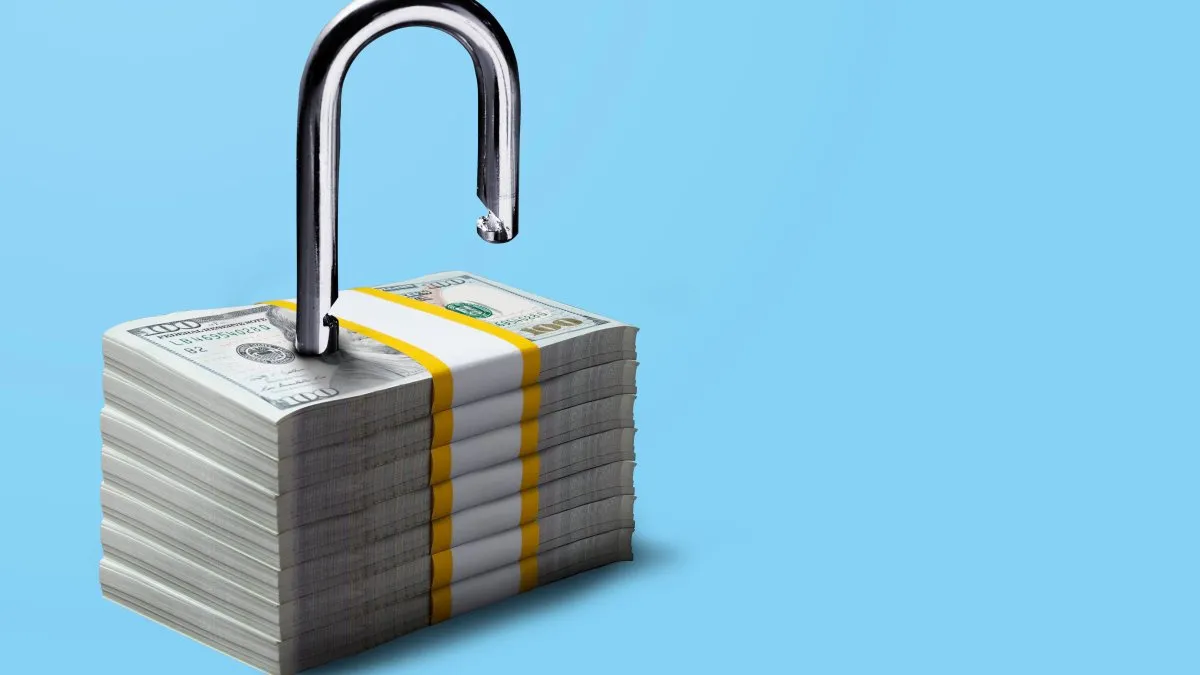The dollar stabilizes after its July surge, driven by a boost from the agricultural sector, high rates, and increased demand for Argentine bonds.


After weeks of currency tension, the markets began to show signs of stability. In early August, the dollar slowed, financial exchange rates retreated, and Argentine assets regained ground . According to industry analysts, this new climate is explained by the combination of increased agricultural sales , attractive interest rates , and improved macroeconomic prospects .
This Wednesday, the official retail dollar was quoted at $1,350 at Banco Nación , unchanged from the previous day. The average among entities, according to the Central Bank's (BCRA) daily survey, was $1,353.66 . Meanwhile, the wholesale dollar fell to $1,332.75 , a drop of $6.65 (-0.5%), while the band system that updates the exchange rate at 1% monthly remains in effect.
Portfolio Personal Investments (PPI) highlighted that the agricultural sector's liquidation accelerated after the permanent reduction in withholdings went into effect. In figures: US$80 million on Friday, US$106 million on Monday, and US$101 million on Tuesday , compared to US$44 million per day the previous week.
This occurred in a context in which the dollar-exchange relationship once again became attractive for carry trade strategies, which stimulated demand for pesos. In turn, the actions of the Central Bank of Argentina and the accumulation of reserves of more than US$1.5 billion also contributed to calming devaluation expectations.
The MEP dollar fell for the fourth consecutive day, closing at $1,334.55 , down $9.50 (-0.7%). Meanwhile, the cash settlement (CCL) fell $15.42 to $1,333.24 (-1.1%). Both declines consolidate a sustained decline from the peak reached in July.
The blue dollar , meanwhile, also fell, trading at $1,320 , five pesos lower than the previous day. Currently, the informal exchange rate is once again the lowest on the market , something that hasn't happened in several weeks.
The positive trend was also reflected in the financial markets. The S&P Merval index rose 1.68% , reaching 2,386,114 points , equivalent to US$1,788 points adjusted per CCL dollar. The stocks that drove the increase were Sociedad Comercial del Plata (up 3.1%) , Edenor (up 3%) , and Metrogas (up 2.9%) .
On Wall Street, Argentine securities also enjoyed a positive session. The American Depositary Receipts (ADRs) of Pampa Energía (+4.5%) , Edenor (+3.8%) , Banco Supervielle (+2.8%) , and Grupo Financiero Galicia (+2.6%) stood out .
In the debt market, sovereign bonds resumed their upward trend. Bonares rose 0.41% (AL35D) and Global Bonds 0.57% (GD30D). Country risk stood at 743 basis points , the lowest level in recent weeks.
Delphos Investment indicated that, although Argentina was the only emerging issuer with negative yields in recent months, there are now signs of a reversal. Appetite for sovereign bonds has begun to recover following the International Monetary Fund waiver , the accumulation of reserves , and the possible signing of a US$15 billion RIGI with a global mining company .
"While countries like Pakistan, Venezuela, and Bolivia are leading the rise in emerging debt, Argentina had been left behind. But in recent trading sessions, a change in tone has been perceived, with more favorable signals for investors," they concluded.
elintransigente




